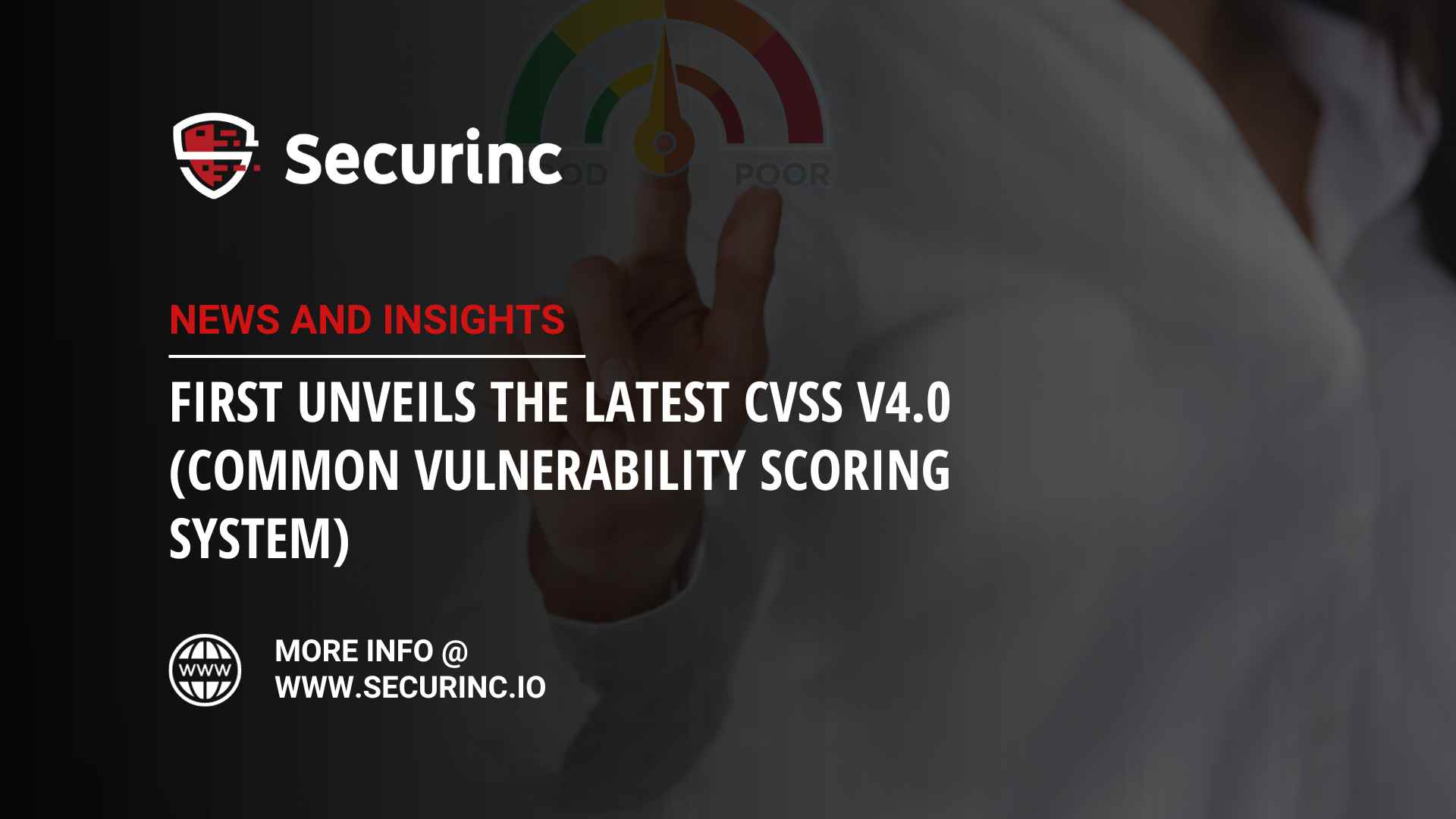
You want to improve your organisation’s security posture; you’ve done some googling and you’ve no doubt stumbled upon penetration testing services as a form of securing your data. Seems straightforward enough, but how do you know you’re going to get the right service for your system or applications, and what are the common vulnerabilities found in penetration testing that you should expect a good tester to find?
In this blog post , we will explore the main vulnerabilities that penetration tests can uncover and how these vulnerabilities can be exploited by malicious actors. We will also discuss some of the common techniques used in penetration testing to detect and mitigate these vulnerabilities.
Application Vulnerabilities
Application vulnerabilities refer to flaws or weaknesses in an application’s design or code that can potentially be exploited by hackers to gain unauthorized access, manipulate data, or disrupt services. These vulnerabilities can exist in different parts of an application, from the user interface to the backend databases and APIs, and can be as a result of poor programming practices, unhandled error conditions, or inadequate security controls.
The Open Web Application Security Project (OWASP) is an international, non-profit organization dedicated to web application security. One of their most notable contributions to the cybersecurity community is the OWASP Top 10 list, a regularly updated report outlining the 10 most critical security risks to web applications.
- Broken Access Control: This vulnerability refers to inadequate restrictions on what authenticated users are allowed to do in a web application. A common example of this is when a user is able to access administrative functions without proper authorization, giving them full control over the application.
- Cryptographic Failures: Cryptographic failures occur when there are weaknesses or flaws in the way data is encrypted, stored, or transmitted within an application. This can result in sensitive information being easily accessed by unauthorized users.
- Injection: Injection flaws, like SQL, LDAP and NoSQL injection, occur when untrusted data is provided to an interpreter as part of a command or query. The malicious data provided by an attacker can deceive the interpreter, leading to unintended execution of commands or unauthorized access to sensitive data. It is crucial to address these vulnerabilities to ensure the security and integrity of the system.
- Insecure Design: Insecure design refers to flaws in the overall design or architecture of an application that make it vulnerable to attacks. This can include things like not properly isolating user data, using weak encryption algorithms, or not implementing proper authentication and authorization mechanisms.
- Security Misconfigurations: These vulnerabilities occur when security settings and configurations are not properly implemented or are left at their default state. Attackers can take advantage of these misconfigurations to gain unauthorized access, manipulate data, or cause a denial of service.
- Using Components with Known Vulnerabilities: Numerous web applications heavily depend on third-party components, including frameworks and plugins, to function effectively. If these components contain known vulnerabilities, attackers can exploit them to compromise the security of the entire application.
- Identification and Authentication Failures: This refers to the failure to properly identify and authenticate users, allowing unauthorized access to sensitive data or functionality. Examples of this include weak password policies, lack of multi-factor authentication, and not properly validating user credentials.
- Software and Data Integrity Failures: These vulnerabilities occur when there is a lack of proper checks and controls to ensure the integrity of software code and data. This can result in unauthorized modifications to critical data or the execution of malicious code.
- Security Logging and Monitoring Failures: Without proper logging and monitoring, malicious activities can go undetected, making it difficult to identify and respond to potential security breaches. This includes not tracking user activity, failing to monitor system logs, and not setting up alerts for suspicious behavior.
- Server-Side Request Forgery: This vulnerability occurs when an attacker can manipulate a web application to make unauthorized requests to other internal systems or external resources. This can lead to sensitive data exposure, server-side code execution, and even full system compromise.
Infrastructure Vulnerabilities
Infrastructure vulnerabilities pertain to flaws or weaknesses in the foundational systems of an organization’s IT or network infrastructure. These vulnerabilities often surface in the architectural design of networks, servers, hardware, and other key system components, and can pose significant threats if left unaddressed.
- Inadequate Firewall Configuration: Incorrect configurations can leave ports open, enabling unauthorized access to internal systems. This can potentially result in data theft or other malicious activities, posing significant risks to the security and privacy of sensitive information.
- Outdated Hardware: Using outdated hardware can lead to significant security risks. Such hardware may not have the latest security patches, making them vulnerable to known exploits. It is crucial to keep hardware up to date to ensure the highest level of security and protection against potential threats.
- Network Security Flaws: Weaknesses in a network, such as inadequate encryption, can expose sensitive data during transmission. This can potentially lead to unauthorized access and compromise the confidentiality and integrity of the transmitted information. Implementing robust encryption protocols is essential to mitigate these vulnerabilities and protect the privacy of data.
- Unpatched Software: Failing to regularly update and patch software can leave systems vulnerable to known exploits. Outdated software may contain security vulnerabilities that attackers can exploit to gain unauthorized access or compromise the functionality of the system. It is crucial to promptly apply software updates and patches to ensure the security and stability of the software environment.
- Using Default or Weak Passwords: Default or weak passwords can easily be guessed or cracked by attackers, giving them unauthorized access to critical systems and data. It is essential to use strong, unique passwords and implement multi-factor authentication to prevent unauthorized access and protect sensitive information from being compromised.
Securinc’s Penetration Testing (pen testing) services are designed to identify and manage vulnerabilities in your security system. This proactive approach simulates an actual attack on the system, mimicking the strategies that potential intruders would employ. By doing so, we can expose weak points and breaches in security before they pose a real threat.
Our skilled team of cybersecurity experts are well-versed in the latest hacking techniques and technology trends. Through rigorous and comprehensive testing, we unearth potential vulnerabilities, including those associated with outdated hardware, network security flaws, unpatched software, and weak passwords. These identified vulnerabilities are then analyzed meticulously, allowing the team to develop tailored strategies to rectify these weaknesses.
Through our Penetration Test service, we at Securinc aim to provide our clients with an in-depth understanding of their security posture. We provide a thorough report detailing the discovered vulnerabilities, their implications, and concrete, actionable recommendations to improve your system’s security. By employing Securinc’s Penetration Testing services, you are investing in the reliability, safety, and longevity of your business’s critical data and systems.
Securinc is a leading cybersecurity consulting firm dedicated to helping businesses navigate the complex world of information security. Since our inception, we have been at the forefront of the cybersecurity industry, offering tailored solutions to organizations of all sizes.
- Securinc Team
- October 30, 2023
- 10:19 pm
- No Comments


